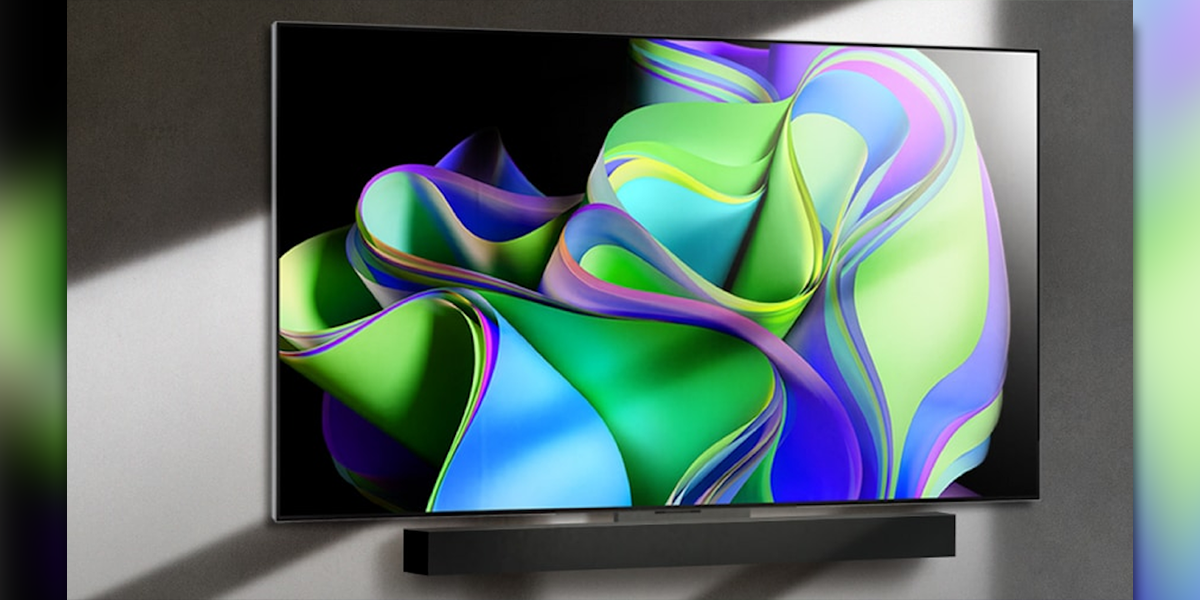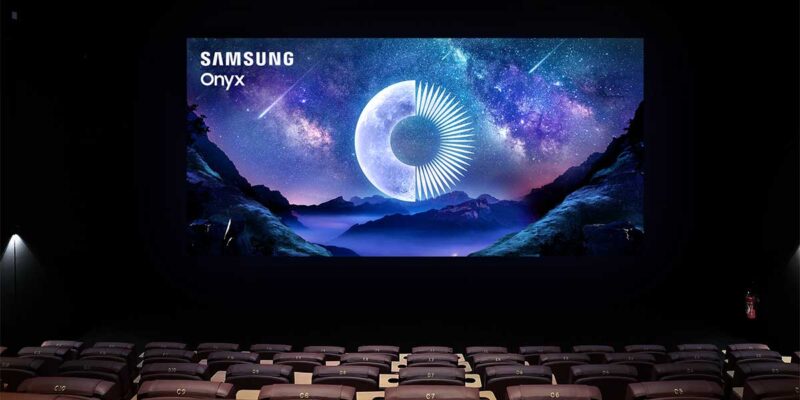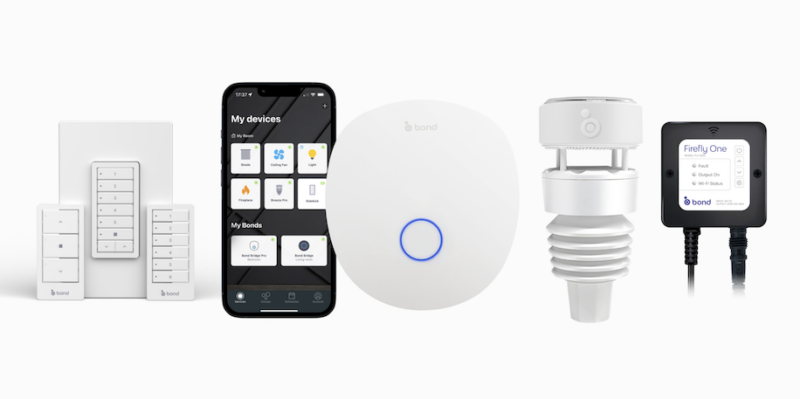LG Display to Supply High-End TV Panels to Samsung Electronics — What Does This Mean?

In a wild twist of fate, Reuters is reporting that, “South Korea’s LG Display Co Ltd (034220.KS) will start supplying high-end TV panels to Samsung Electronic Co Ltd (005930.KS) from as early as this quarter, three sources said, in a deal that would help the loss-making flat-screen maker turn profitable.”
Well, what do we have here?
It’s all about BLACK.
The truth is that other than LEDs, no other direct-view display technology delivers black-black, than OLED.
Organic light-emitting diodes (OLED), defined by Wikipedia, are light-emitting diodes (LED) “in which the emissive electroluminescent layer is a film of organic compound that emits light in response to an electric current. This organic layer is situated between two electrodes; typically, at least one of these electrodes is transparent. OLEDs are used to create digital displays in devices such as television screens, computer monitors and portable systems such as smartphones and handheld game consoles. A major area of research is the development of white OLED devices for use in solid-state lighting applications.”
Here’s the world’s best video on how OLED works:
If you took the time to watch it, now you understand why black is truly black on an OLED monitor versus really dark gray on an LCD monitor. Now, the truth is that, unless you have a visual reference to the original source, most people don’t notice this lack-of-black issue. But, where it’s more noticeable is when you show an all-white or mostly-white image on a display. Then, you see not only color uniformity issues but, you see color shifts depending on where the light source is located behind the LCD panel inside the TV or display.
Not with OLED. With OLED the light output and the color imager are the same.
So, LG plans to sell at least 2 million OLEDs to Samsung and ramp up to 5 million within three years — all raw components that would yield TVs and monitors that range from 75” to 84”. But, the likelihood is that 90% or more of these will end up in the commercial AV (ProAV) market — not the consumer TV market. In the consumer TV market, buyers are less critical with colorimetry and Samsung’s own QLED and Neo QLED are more than perfect for most consumers. But, in commercial applications, image quality is everything. So, we will see most of these at future InfoComm and ISE shows, for sure!




